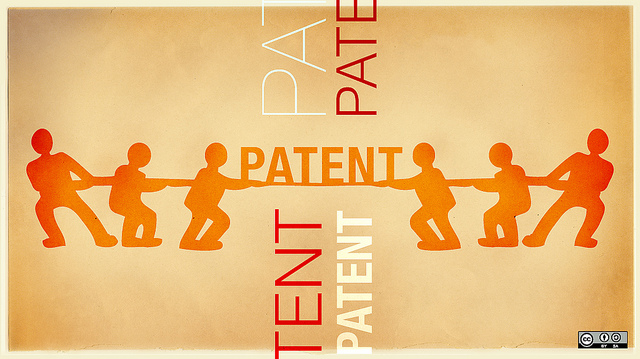
Credit: opensourceway
As an inventor, navigating the world of patents is a vital part of securing the success and originality of your idea. It’s important to begin the patenting process as soon as your product or process is ready to go into prototyping, as securing patent rights is time sensitive. Because patents are awarded based on timing, the first individual or company who files for their original innovation, proving the product or design is unique, often receives the legal protection. There are a few things every inventor should know about applying for a patent.
Table of Contents
What is a Patent?
According to the U.S Patent and Trademark Office, which is responsible for granting and managing intellectual property rights in the United States, a patent is “…the grant of a property right to the inventor(s). The right conferred by the patent grant is, in the language of the statute and of the grant itself, ‘the right to exclude others from making, using, offering for sale, or selling’ the invention in the United States or importing the invention into the United States.” (Source: https://www.uspto.gov/web/patents/howtopat.htm)
A patent is a legal document which provides protection to innovators who create new products. This allows the original creator to assume full legal rights to the item or process, and prevents theft of the concept. There are three types of patents: utility, design, and plant. Utility patents, which are given when an individual invents or discovers a new (and useful) process, product, composition of matter, machine, or improvement on an existing item.
Design patents, on the other hand, are granted to innovators who create a new (and original) ornamental design for packaging, clothing, or any other type of manufactured good. A design patent protects the overall appearance of an invention. Finally, a plant patent is reserved for those who create or discover (while also asexually reproducing) a distinct variety of plant or flora material. Knowing which type will suit your innovation is the first step when applying for a patent.
How Do I Apply For a Patent?
To apply for a U.S. Patent, an innovator must petition the patent office and provide documentation such as sketches, prototypes, or clear examples of their original product or process. Before applying, it’s a good idea to run a search of already existing patents which may relate to your product or design. As a patent is granted only to those with a unique and original idea, filing for a patent that already exists elsewhere is a waste of time and money. Consider hiring a professional patent agent to assist you with your search the; process may be time-consuming and extend to international patent rights as well. Discovering similar patents may help you, as an innovator, distinguish your product from others which may be in direct competition with you. (Source: https://www.nolo.com/legal-encyclopedia/getting-patent-yourself-29493.html)
Once you have determined whether or not there are existing patents or other legal obstacles to filing, you must fill out a patent application and pay the appropriate fees. There are two types of applications, each with their own guidelines and restrictions. A non-provisional patent is a full patent application which requires description, drawing, claims, and an abstract of your innovation. Each of these parts must be drawn up in legal form, and the filing of a non-provisional patent is considerably more expensive than a provisional one.
A provisional application provides the “patent pending” protection, and extends the window of ability to file a full (non-provisional) patent. This allows the inventor more time to tie up the odds and ends required to file a full patent while still having his product protected under the law for a maximum of 12 months.
How Much Does it Cost?
The price of filing for a patent is usually determined by where the innovator is in the design process, and how familiar they are with legal documents. Some independent patent attorneys can charge upwards of $5,000 in order to draft a full patent application and around $800 just to do a patent search. Individual inventors can seek alternative services which lower costs and help them navigate through the legal requirements. Self-filing with the assistance of an innovation design firm can help make the process easier and more affordable.



